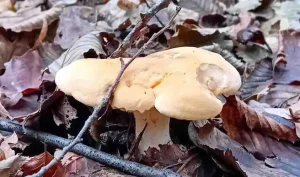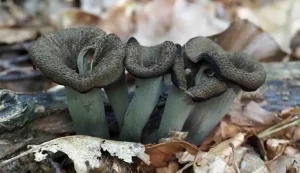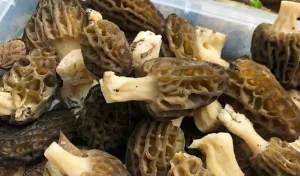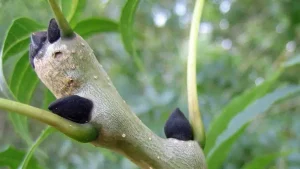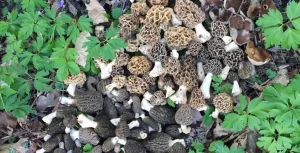Trees and morel mushrooms share a fascinating synergy, intriguing scientists and foragers alike. This unique bond aids in the hunt for these elusive fungi. Our guide explores the specific trees that morels favor, illuminating how these relationships encourage morel growth.
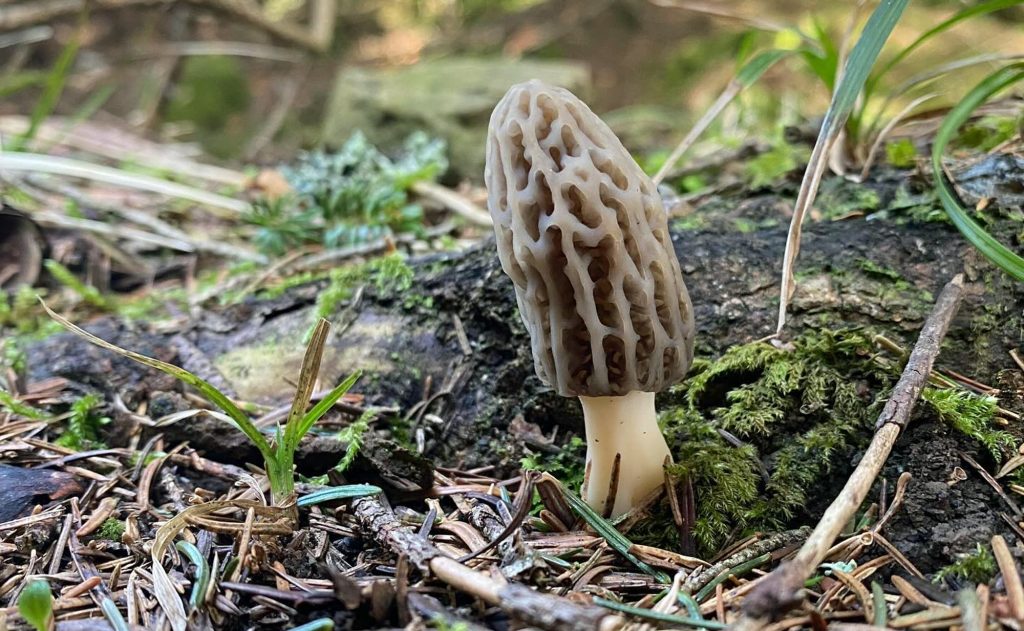
Elm Trees
Elm trees, especially those that are dead or dying, serve as a beacon for morel hunters. These trees are prime spots for morels, thriving in the nutrient-rich environment left by the elms’ decline. Dutch Elm Disease often triggers this decline, making these spots ideal for morel growth.
Apple Trees
Seek out old apple orchards for a fruitful morel hunt. Morels love the conditions around dead and dying apple trees, providing consistent yields over time. However, be mindful of potential chemical residues from past agricultural practices.
Ash Trees
While not as common as elms or apples, ash trees can still surprise you with morels, especially the black varieties. The emerald ash borer’s damage to these trees creates opportunities for morels to flourish.
Sycamore Trees
Sycamores, thriving in floodplains and riverbanks, offer unique conditions that morels favor. The disturbed soil and moisture around these trees can lead to successful morel foraging.
Cottonwood Trees
Like sycamores, cottonwoods grow in areas with high soil moisture and disturbances. These conditions are conducive to morel growth, making cottonwoods a tree to watch during morel season.
Poplar Trees
Poplar trees, including tulip poplars, are sought after in the Midwest and Northeast for morel foraging. Their environment supports morel growth, making them a key target for hunters.
Pine Trees
In areas dominated by conifers, pine trees can be a good place to look for morels, particularly the black varieties. The specific conditions around pines support morel growth, especially after disturbances like forest fires.
Coniferous Trees
Spruce, fir, and larch trees, especially in regions affected by forest fires, can lead to large flushes of burn-site morels. These trees mark areas where morels may appear in abundance after fires.
Maple Trees
Maples create a shaded, moist environment ideal for morels. Their widespread presence and the conditions they create can significantly aid in morel foraging.
Aspen Trees
Aspens offer a protective canopy and aerated soil, making them attractive spots for morels. Their presence indicates potentially fruitful morel hunting grounds.
Hickory Trees
Hickory trees, along with other hardwoods, support the life cycle of morels. Their environment, particularly the nonacidic soil around them, is perfect for morel growth.
By understanding the relationship between morels and these trees, you can significantly enhance your foraging success. Each tree type offers a unique habitat that morels favor, from the decaying woods of elms and apples to the coniferous forests home to burn-site morels. Keep these trees in mind, and you may find yourself returning from the woods with a bountiful harvest.
